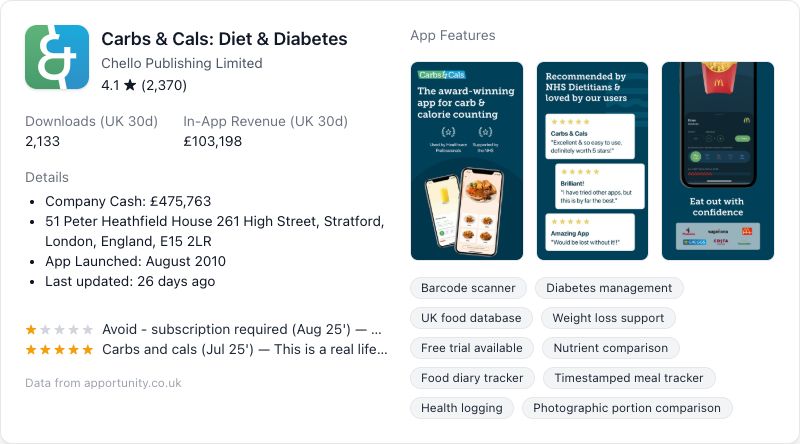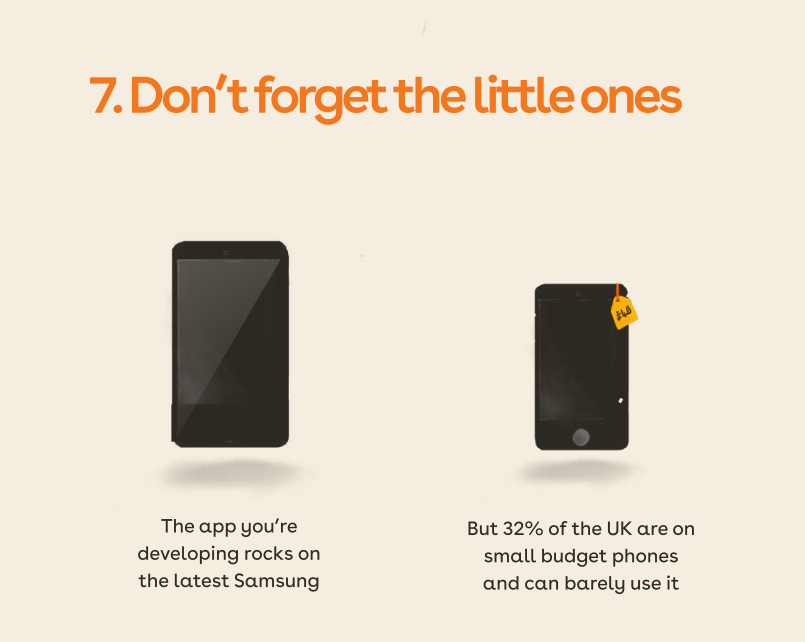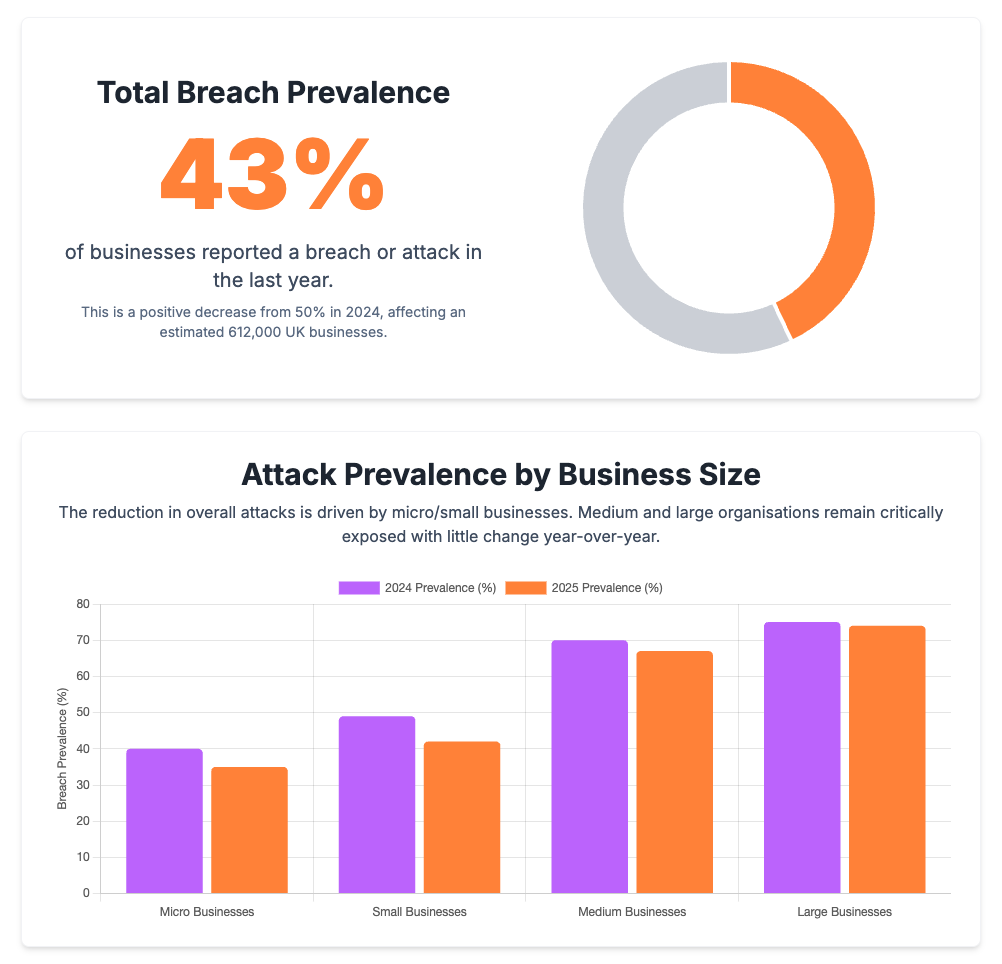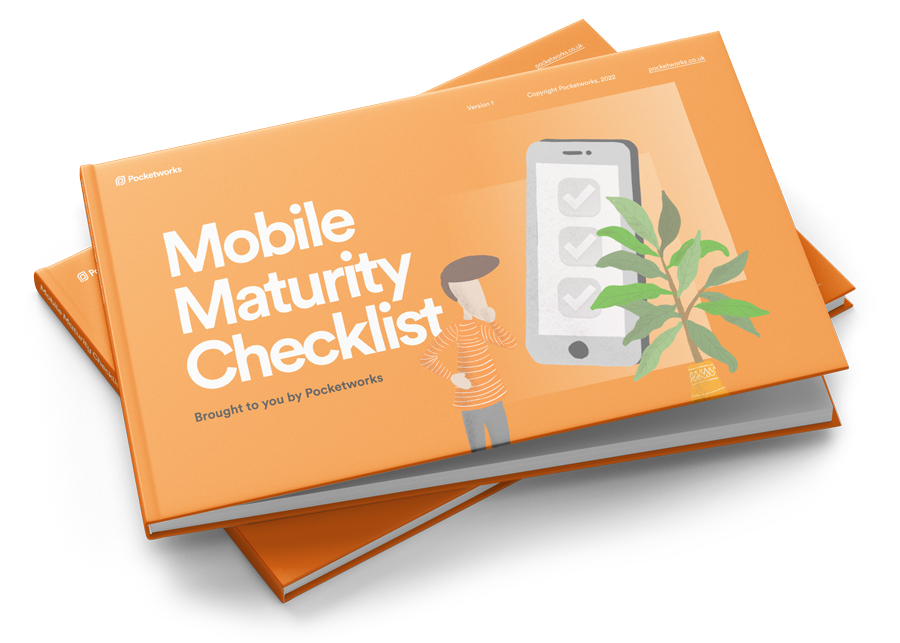As we enter into October 2025, I'm reminded that winter is a busy time for in the apps world. The kids are back at school so a lot of businesses are finalising their app plans and reaching out to app developers for advice and quotes, so they can make their business case.
Launching a successful consumer app requires careful consideration of factors that many teams overlook. This guide covers eight critical areas, from app store ratings and analytics to security and technology choices. These can make or break your mobile strategy. Based on insights from managing apps for 500,000+ users, we outline the key questions every CTO and Product Director should ask before development begins.
Don't sleep on your star rating
If you're like most, you'll want your app to have a good star rating. According to research, 4.0-4.9 is the sweet spot. Not everyone realises that you need to put a bit of work into achieving a good star rating. You can see this challenge in any category of app. For example, I studied eighty Smart Home apps for controlling household lighting and appliances, and 48% of them failed to achieve 4.0 stars or above.
Here are a few examples.
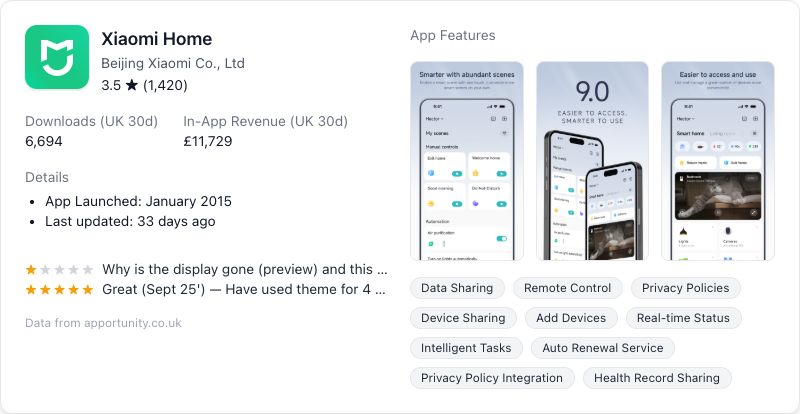
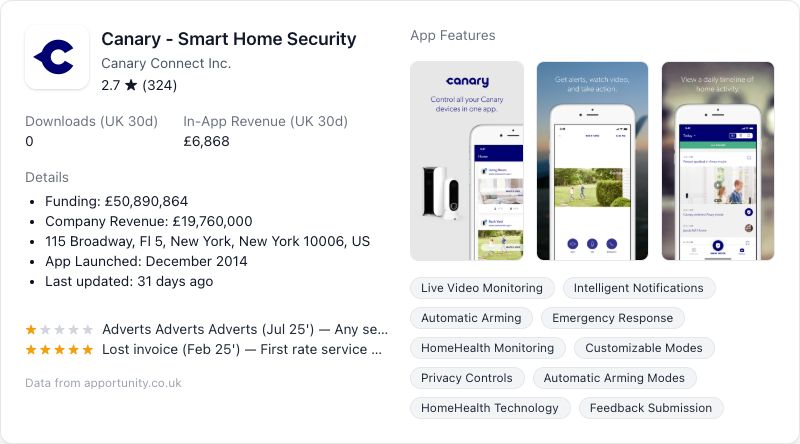
These aren't small, cash-strapped brands either. Needless to say, low-scoring apps have some negative consequences.
- Fewer downloads: Apps that are not frequently rated and reviewed won't be prioritised in app-store searches, meaning people browsing and searching the app store won't find you. You'll miss out on free downloads.
- Less revenue: A poor app store rating means the people looking at your app store page are less likely to download, leading to fewer downloads and revenue.
So why is this so hard, even for big companies? Well, there are three parts to it:
- People rate the service, not the app: This means that if you're a taxi company and you're constantly late, an amazing app will still get poor ratings. Or if you're a manufacturer and your smart device keeps disconnecting, people will leave bad reviews.
- Quality counts: A clunky in-app experience will still generate negative reviews. Achieving a good quality interface doesn't happen automatically. You need to invest in it. For example, you can run user tests or ensure you're working with senior designers.
Back in 2023, we developed an app that people raved about during user interviews, but our rating was only 3.2 stars. We realised that the haters were more vocal than the superfans. So, we created a tool called Appero to encourage the superfans to leave a review. In the space of 6 weeks, we accumulated thousands of new ratings and reviews, and propelled our star rating from a mediocre 3.2 stars to 4.3 stars.
A high star rating is more costly and time-consuming to obtain, but it will increase downloads and improve brand reputation. So ask yourself: can you get away with three stars, or does it have to be four stars or more?
Use product analytics to improve app performance
Modern app development teams working with companies like Uber, Nike and Asda put a lot of effort in to measuring customer behaviours inside the app. They can literally go into their analytics platform and see where customers abandon their purchase, or where they spend too much time on tasks that should be nice and quick.
Check out the example below where we're measuring how many people get through the first screens and purchase a subscription for a health and nutrition app.
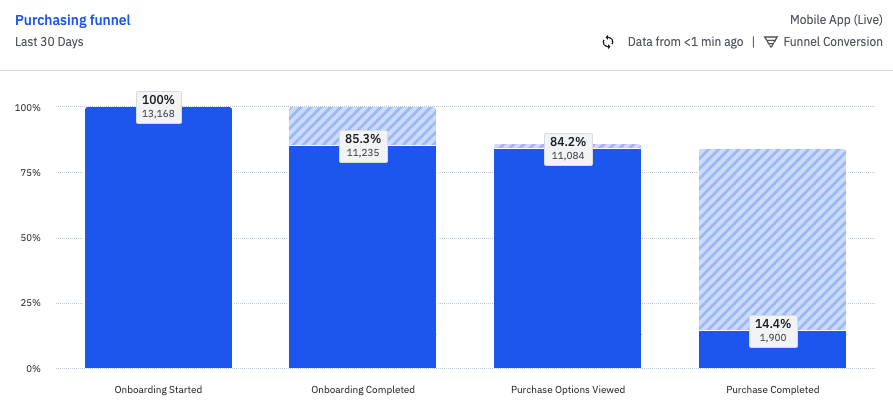
Using this as an example, ask yourself: what customer behaviours do I need to measure? What's the make-or-break user journey that must be slick in order for my app to be successful?
For example, is it critical for people not to drop out during registration? Or if you're in the wellbeing space, perhaps it's how many people log their first journal entry or set up their goals?
With analytics in place, you'll find your app development team can improve an app because they know what's happening under the bonnet.
In terms of improving workflow, once you have these analytics, you can start to use them to guide your development plans. Too many people abandoning at the registration screen? Then perhaps you should invest in re-working that, or using psychology to create more desire or intent.
Now, I know you're probably busy for all this and don't want to be in the weeds with all these details. So it's about making sure your product team have the right tools and processes to drive success through product analytics.
Extra things to know about your customers
If you're a product director or CTO, you probably fully understand your industry and audience. However, you may need to dig a little deeper when it comes to designing an app or digital platform. Here are a few useful things to know when designing mobile apps.
- What phones do they own?
- What are their accessibility needs?
- Where are they, geographically?
- How often do they need to use your app?
For example, some apps get 70% of their revenue from people on tiny, cheap phones that they only upgrade every two years. So you have to design for them. Or, some older people living with diabetes are very likely to have visual impairment, so you need to meet WCAG accessibility standards.
What technology choices do you need to understand?
If you don't work with technology teams often, it's worth having a top-line understanding of what's going on with your app. After all, apps are always built on a "tech stack" - meaning the technology choices behind the app. And those choices influence a few important things:
- Mobile tech stack influences development cost
E.g: React Native or Flutter is cheaper than building native Swift and iOS apps. Relying on 3rd party providers such as RevenueCat for billing will reduce initial costs (but add more later). - 3rd party dependencies influence operating costs
Most 3rd party dependencies such as OpenAI, OneSignal push messaging, Azure hosting or Amplitude analytics will incur a potential running cost to your app. This can quickly add up. - Tech choices affect ease of future hiring
Sticking to mature and well-established technologies is a good starting point if you want new developers to join your team, or a new team to replace your existing one. - Not all tech is scalable
You don't need to know all the detail, but simply asking the question "How do we cope if we get 6x more users?" is a good thing to know. We once had to rewrite a middleware solution to cope with massive scaling. This isn't always a bad thing, but it's good to know so you can be prepared. - Customer experience quality can be reduced by technology choices
Technology choices affect how good your experience can be. Native apps are typically the gold standard but most expensive to develop. Flutter is pretty close in our view, but there are compromises in user experience. For example, Android and iOS users will see the same style of app. Most won't care, but it's good to know your limits. - AI accelerates development, but also presents IP risks
Since writing this article in 2022, a few things have changed in the past 3 years. The biggest change is that many teams are adopting AI-accelerated development. And that brings in new risks. Your top-secret algorithms and IP can literally be shared in to a public LLM for all to see if you're not careful. So check their AI policy and make sure you're comfortable with how they're using it (here's ours).

